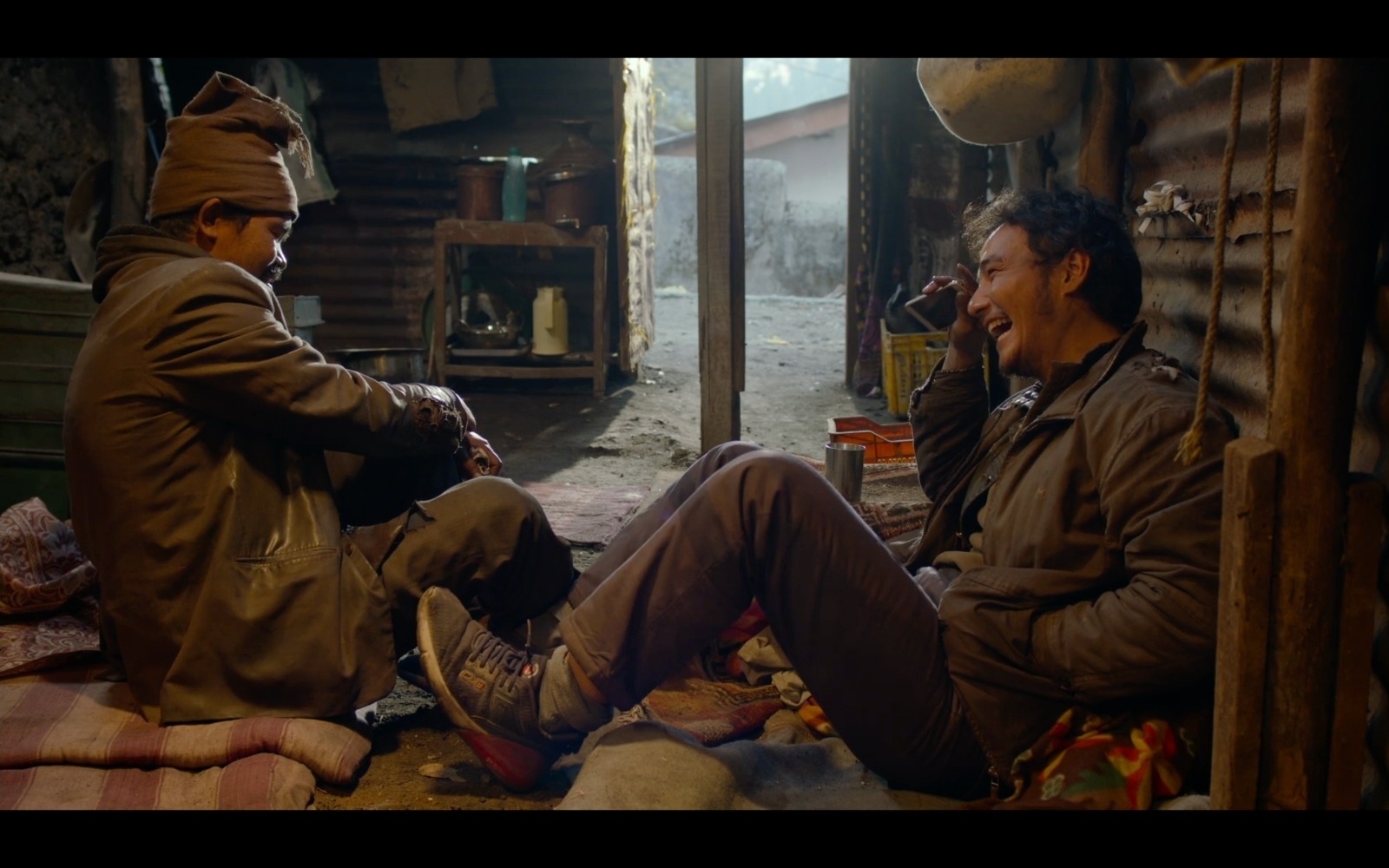
Explicit violence, terrible events, wild injustices, tears and howls… What is the formula for building a good dramatic film? I went to New Directors for answers and found two recommended films that answer my question. In today's chronicle, I'm going to focus on two very different films, both on the subject and on the approach and on aesthetics, Bahadur the Brave and The Other Son, which both propose interesting keys to working dramatism on the screen.
Hansi, a Nepal worker, is the protagonist of Bahadur the Brave. When the border between India and Nepal is closed by the COVID-19 epidemic, Hansi decides to stay in India to send money to the Nepal family. At least that is what it says. Taking advantage of the eccentricities of Hansi himself and at the same time denouncing his injustice, the film fine-tunes the plight of the workers of Nepal, to whom the film is dedicated.
But the eccentric Hansi, not the brave Bahadur, why is he called the last? As a response would be a great spoiler, I will propose a new title to the curious reader: Extravagant hansi. Hansi lazy. Or, liar Hansi. We could say with difficulty that Hansi is a good person, but whether he likes it or not, the protagonists do not have to be a good person. As a result, the film's argument is rejected and more complex in Manichean approaches, constructing a protagonist who reinvents the figure of the rogue, who, despite having many things and one to accuse, is a fairy and an innocent in many others.
As for the context, the narrative of COVID-19 could stay on its feet, but the truth is that it is no more than an excuse to address other broader issues, such as arbitrariness of borders, increased gas, police persecution… You don’t need to go to India to identify them, right?
Bahadur the Brave brings us with great dignity to the situation of Nepali workers, apparently so far away. In addition, the challenges it faces along the way are not slow: the often hateful protagonist and the centrality of humor. The work of Indian director Diwa Shah shows that dealing with dramatic issues or despicable situations does not eliminate the opportunity of humor, but that, if properly used, they can contribute to greater depth and perspective. Because in reality, not everything is black or white, and drama can also be built in a thousand ways.

Unlike Hansi Bahadur, Fe is not Simon. However, when Simon falls out of the terrace in the middle of a party and dies, Fed will have to face the void left by his brother as his plans for the future and his day-to-day certainties crumble. Simon's death starts the drama The other son, who from the beginning has left me stuck to the chair and his heart shrunk.
Unfortunately, the event that unleashes the film is known to its director, Juan Sebastián Quebrada, who also lost his teenage brother. The treadmill, however, has no autobiographical intention, but aims to circulate through dark and uncertain paths of grief and guilt. The film focuses on the pain left after the death of loved ones, making it an inability to overcome the thematic desire to move forward or the event. How does the chest hole that opens after the death of the closest ones not have enough force to stop the world?
A story full of eagles that stops representing the weight of the whole dramatic burden. In this sense, the work of the actors Miguel González (Fe) and Jenny Navarrate (Clara, the mother of the brothers), who bring the drama of the film behind their backs, stands out. They highlight the wild silences of the former and the silent frustration and the destructive despair of the latter. Extraordinary plays fill the screen, over time, not just with artificial resources. The function of the camera is reduced to helping the protagonists mourn. There are no attempts to exaggerate resentment or intentions to intervene or judge it. I very much liked how the mourning is given to so many protagonists, because in Quebrada’s the questions are left over and there is no place for mistrust.
Victor Erice, winner of the Donostia Prize this year, asks the journalists of the Festival: “Do you know what the most permanent image holder is?” The answer is not digital media, not photochemical, but oil. Oil painting prevents the scarring of forgetfulness better than... [+]












